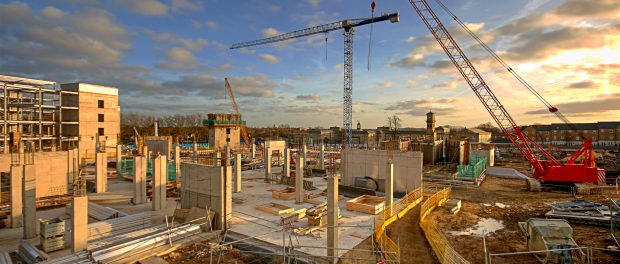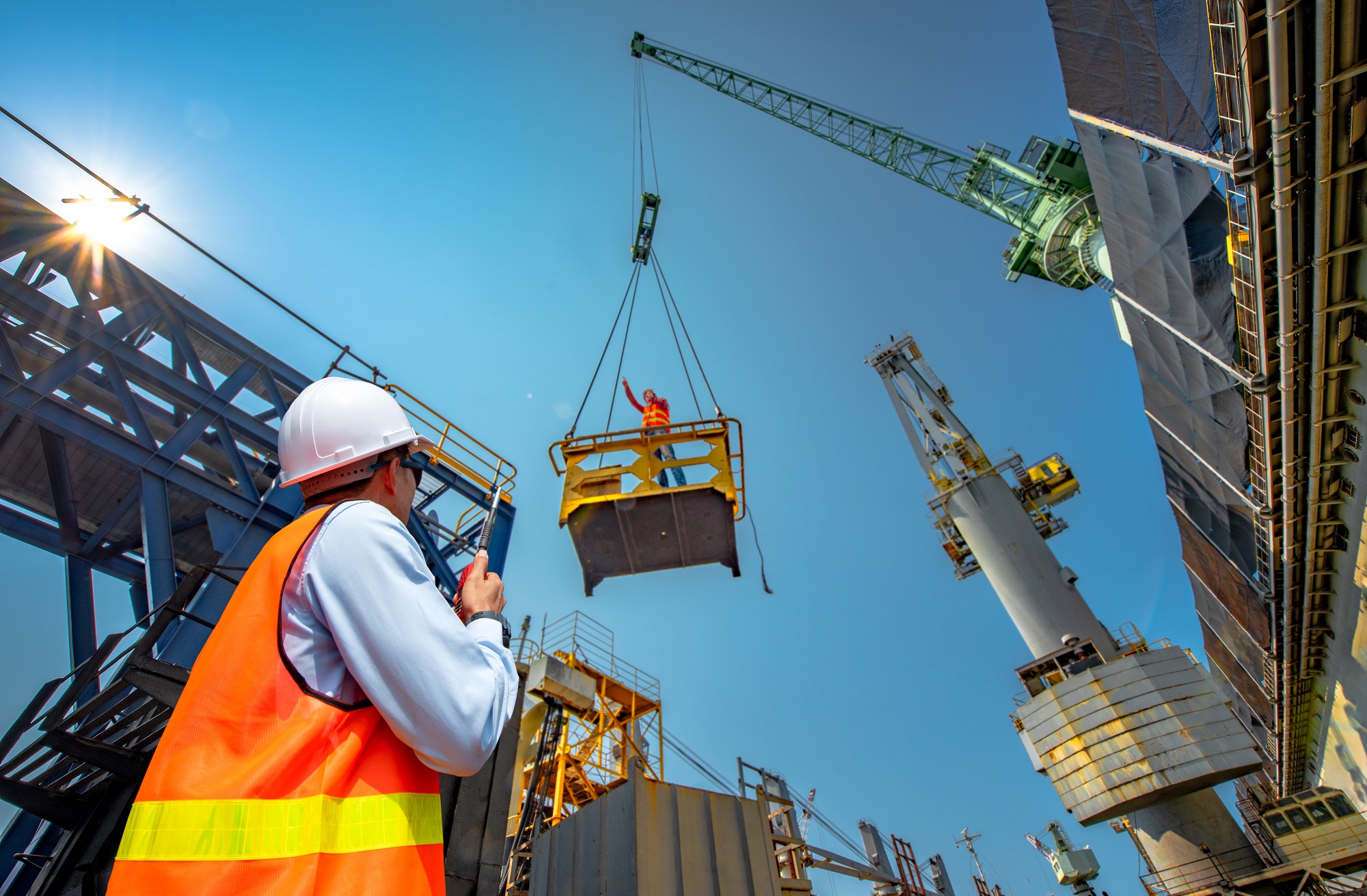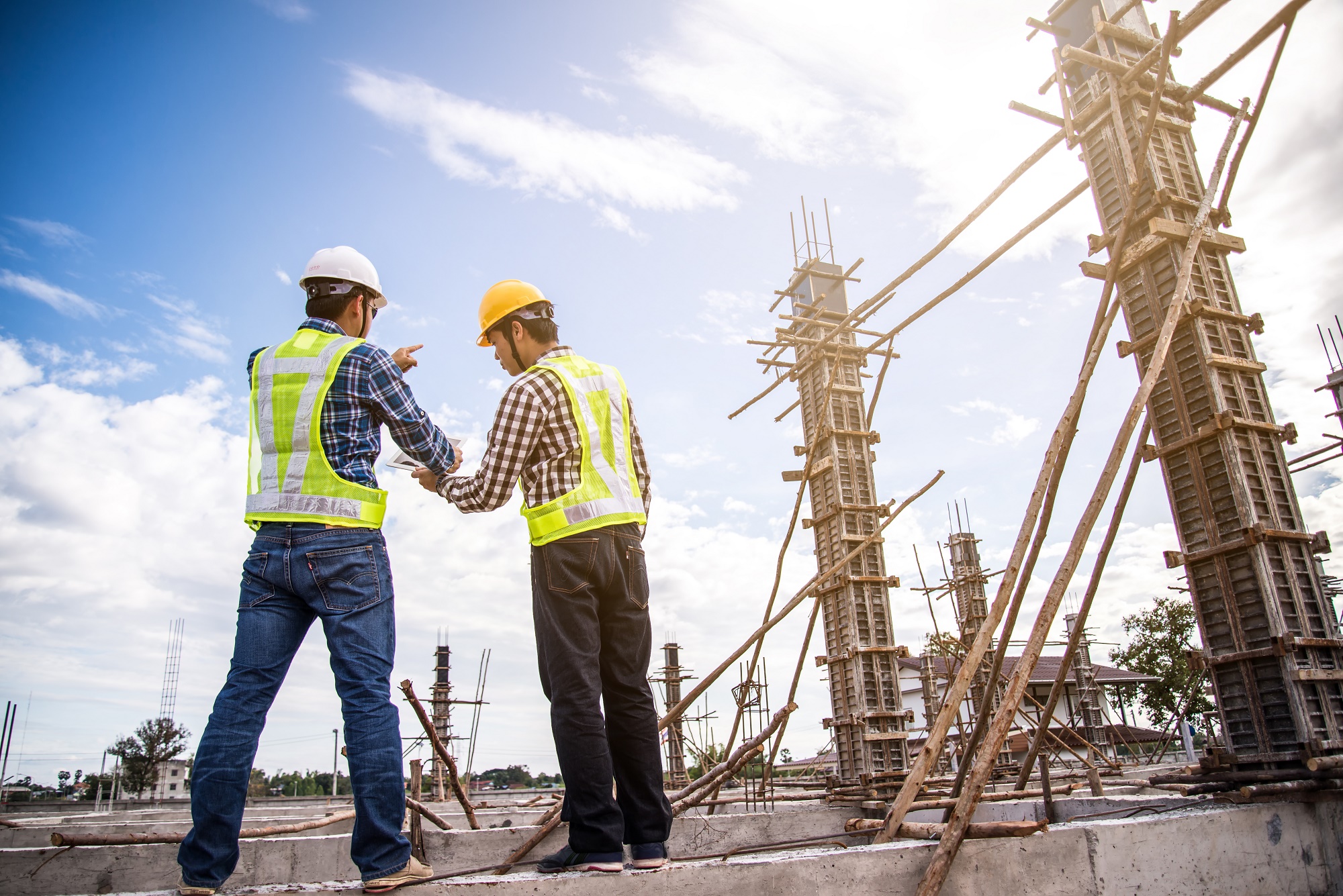In hot water? Navigating increasing Legionella risk in UK construction

There is a long list of health and safety concerns to be managed during and after any construction project. Unfortunately, Legionella monitoring and control can often be overlooked. Many project managers perceive Legionella as a problem for old, decrepit buildings, or with buildings with poor prior design. Of course, this is not always the case as statistics continue to point towards a heightened Legionella risk for construction workers.
With this, Greg Rankin at Hydrosense considers the newest testing technologies designed to make easier work of improving water safety in construction.
From working at heights and using heavy machinery through to navigating uneven terrain, there are a myriad of reasons why construction is widely considered one of the world’s most dangerous jobs. Probably not considered among them is Legionella – a water-borne bacteria which causes Legionnaires’ disease, a severe, potentially-fatal form of pneumonia. Indicative of this, research reveals that over two thirds of construction sites do not have water safety measures in place prior to commencing works.1 However, that’s not to say that Legionella is something construction can afford to underestimate or overlook.
Rising risk
Globally, Legionella rates are rising rapidly, attributable to factors such as our warming world, more frequent weather extremes and increasingly complex water systems – and construction professionals remain at particular risk. In fact, one prominent investigation into the occupations at increased risk of acquiring Legionnaires’ disease found construction workers had 1.82 times the rate compared to non-construction occupations.2
Unfortunately, these statistics – while certainly alarming – are not surprising. Inherently, construction and renovation projects can create unique water quality issues that need to be addressed to minimise the risk of Legionella and waterborne diseases. Key concerns include the scope for dirt, debris and other material to enter and contaminate water systems. And because systems are often disrupted for long periods of time during construction, stagnation occurs – one of the leading factors contributing to the growth of biofilm and Legionella bacteria. Stagnation also provides an opportunity for water in the pipes to reach ambient temperatures, and for residual disinfectant levels to drop, further exacerbating risk.
At the same time, it’s widely established that people over 45 years old are particularly susceptible to Legionnaires’ disease. In the context of an aging construction workforce where the average UK construction worker is now aged over 504, the Legionella risk therefore becomes even more profound.
Place this altogether and it’s easy to see why the Health & Safety Executive [HSE] clarifies that ‘work involving water or old / poorly maintained water systems might expose construction workers to Legionella’.
Testing roadblocks
To address this, the HSE sets out specific obligations that construction sites must adhere to including the development of a site-wide Legionella Management Plan (LMP) that meets the requirements of the Approved Code of Practice L8 and HSG274 guidance. It also recommends the Assess, Control, and Review (ACR) model for managing health hazards, including Legionella, during construction and renovation.
From our experience though, there is scope to raise the bar on safety through a more robust and routine Legionella testing regime.
Of course, most construction site duty holders will already be well acquainted with the standard lab-culture method whereby water samples are collected from water systems on site and sent to a UKAS accredited laboratory which will identify the presence or absence of Legionella. However, this approach is timely, cumbersome and has limitations.
Foremost, most lab culture tests take 7-10 days to return results. Yet Legionella can double in a day. This large time lag means increased exposure and risk for businesses, employees, and the public. Water samples can also get damaged in the transportation process, potentially killing the Legionella inside and increasing the risk of a false negative result. Lab culture testing is also unable to detect Viable but Non-Culturable Legionella (VBNC) – which though dormant can still be incredibly dangerous due to their ability to resuscitate and cause an infection – even being able to do so directly in human lung cells. The result can be a false sense of security, with the potential for lab results to state a negative outcome when repeated subsequent tests confirm non-conformance.
Constructing the case
Arguably then, as Legionella risk evolves, there is a clear case for construction duty holders to consider including rapid testing as part of the Legionella testing process.
Designed to overcome the limitations of traditional Legionella detection, the latest generation of rapid testing kits enable the detection of Legionella in just 25 minutes and are incredibly accurate at quickly detecting the potentially fatal Legionella pneumophila. In fact, we recently invested in an extensive third party study, conducted by the CDC ELITE laboratory Chemicals Incorporated (CHEM Inc.) of CA, USA, which saw Legionella samples tested using both the traditional lab-culture testing and the Hydrosense PRO rapid testing kit. The study revealed our rapid test solution is 100 percent accurate in identifying both L. pneumophila serogroup 1 and serogroups 2-15 from blind samples and gave comparable results to the traditional lab culture testing method but in a much quicker time.
Detecting Legionella so quickly empowers duty holders to react promptly to contamination and take appropriate action, thereby significantly minimising the risk of exposure and human infection. Not only does using this method for routine testing during a construction project help reduce risk and minimise potential exposure to workers, but it also offers additional information during necessary reviews of the risk assessment, and provides peace of mind for the contractor, building owner and their responsible person.
Importantly too, construction sites are dynamic environments where evolving activities such as demolition, excavation, re-pressurisation and such can all contribute to the Legionella risk. Rapid testing allows for frequent monitoring and adaptation to changing conditions.
Prevention better than cure
For construction professionals working around the clock to bring the amazing structures that make up our homes, cities and towns to life, there are already many hazards on the job to consider. By leveraging the latest step change in innovation, we have an opportunity to ensure Legionella isn’t one of them by establishing faster, more immediately actionable, and more frequent Legionella testing. Given the grave health risks associated with Legionella exposure, this must prioritised given that prevention is most certainly better than cure.
For further information please visit: https://hydrosense-legionella.com/



